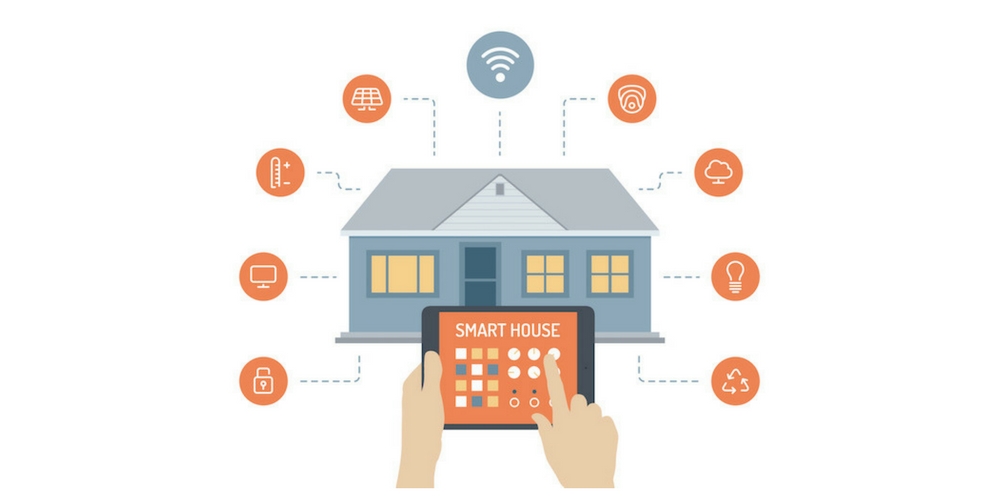Smart homes create simplified lives and improved well-being – a partnership being announced at CES next week is utilizing the data from Internet of Things (IoT) devices to make suggestions for creating safer homes and avoiding risk. ROC-Connect makes and supplies insurance companies with smart smoke alarms and water sensors and can monitor customer behavior from those sensors. The partnership with the database company CoreLogic to take data from smart home devices will in turn help insurance companies assess risk. Customers can use this data to create a safer home and avoid risk – potentially earning discounts on insurance rates.
Other partnerships with IoT device manufacturers are helping insurers bring IoT devices to market and integrating them into safer lives. Property insurers can offer smart home packages with their policies and use the connected devices to collect data on their customers. For example, insurance companies might monitor if the battery in a smoke alarm has been changed or how often the user’s home is occupied. That data can help insurers determine the risk of insuring someone in the future.
We’re giving insurance companies a turnkey solution that will help them exploit the IoT and engage more effectively with their customers. Insurers can move from simply reacting to events to become more proactive, offering their consumers simple and affordable solutions to make homes safer.
— Marcus Scheiber, CEO and co-founder of ROC-Connect
ROC-Connect uses information from CoreLogic such as property size, location and other features to analyze risk; that information is combined with data from smart home devices. The collaboration with CoreLogic has led to the creation of ROC-Connect’s Home Safety Scorecard, designed to provide consumers with an easy way to recognize risks and reduce potential losses.
For more information on ROC-Connect, visit www.roc-connect.com.
Other alliances (although none yet in the US) provide smart home kits that include fire and water sensors and offer the ability to add supplementary sensors as needed. Other smart home and IoT devices can be added to these systems, building on immediate home automation and safety benefits and increasing the information available to the Home Safety Scorecard.
